Taking a photo anywhere in the world while traveling requires a certain level of etiquette. We feel VERY passionately that our TEFL teachers not only see their experience abroad as a chance to get paid to travel (which is still VERY cool!), but also as a chance to participate in cultural exchange (not to mention the responsibility there-in).
This extends from your general interactions, the way you model your behavior after the locals, how you incorporate some of their native language into your everyday life, the way you present yourself, and… the ways you use your camera.
In short: People are not tourist attractions.
One more time for the folks in the back: People are not tourist attractions.
Here’s our best advice on how to use your camera while teaching English abroad to make memories in the most respectful way possible.

7 photography tips for TEFL teachers abroad
1. Get informed permission/consent first.
Getting permission can be something as little as lifting your camera with a nod and smile, indicating your desire to take a photo. You actually don’t need to know how to say “Excuse me, kind sir, can I please take your photograph?” in a perfect rendition of the local language (though knowing this phrase can be helpful!).
Use your eyes and smile to overcome any language barrier that might prevent you from verbally asking someone if you can photograph them. Most strangers will happily oblige, but if they say no—which they might—respect their decision. If they say yes, and you snap a gorgeous photo, then be sure to…
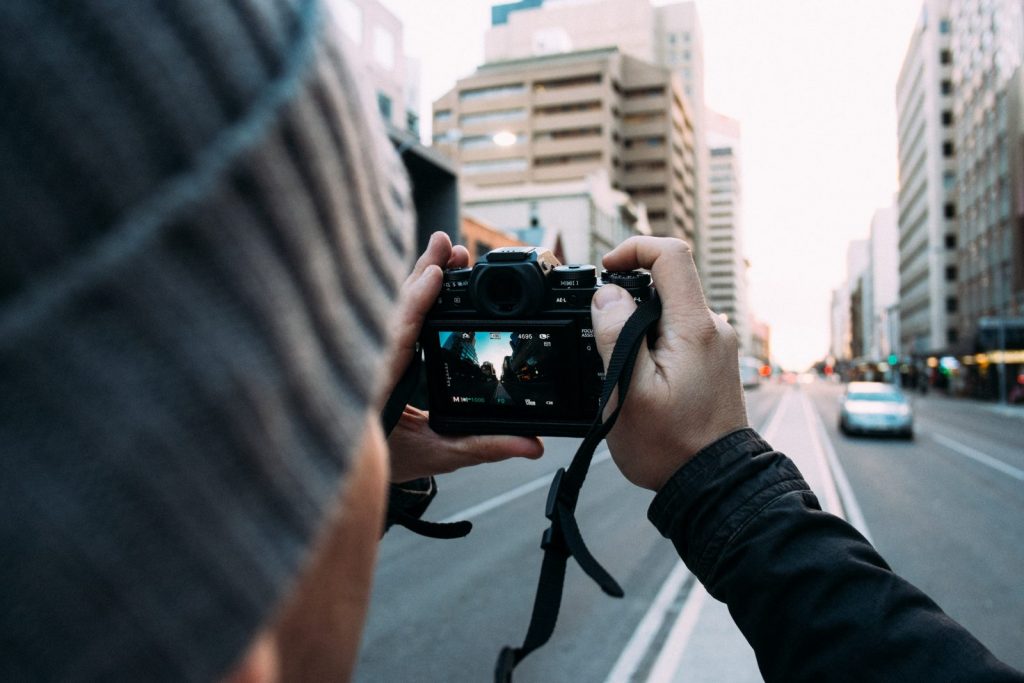
2. Show them a sneak peek!
Photos can be a fun, spontaneous way to connect with your photo subjects quickly. Sharing a laugh or a smile while admiring your work can actually feel pretty meaningful. Be sure to give your photo subject a quick look at your photo! Kids, especially, often get a kick out of this.
3. Express gratitude.
Saying “Thank you” for allowing you to take their photo is the least you can do. If you’re ultra-awesome, you might ask for your photo subject’s contact details, like WhatsApp, WeChat, or email, and send them a copy when you get home!
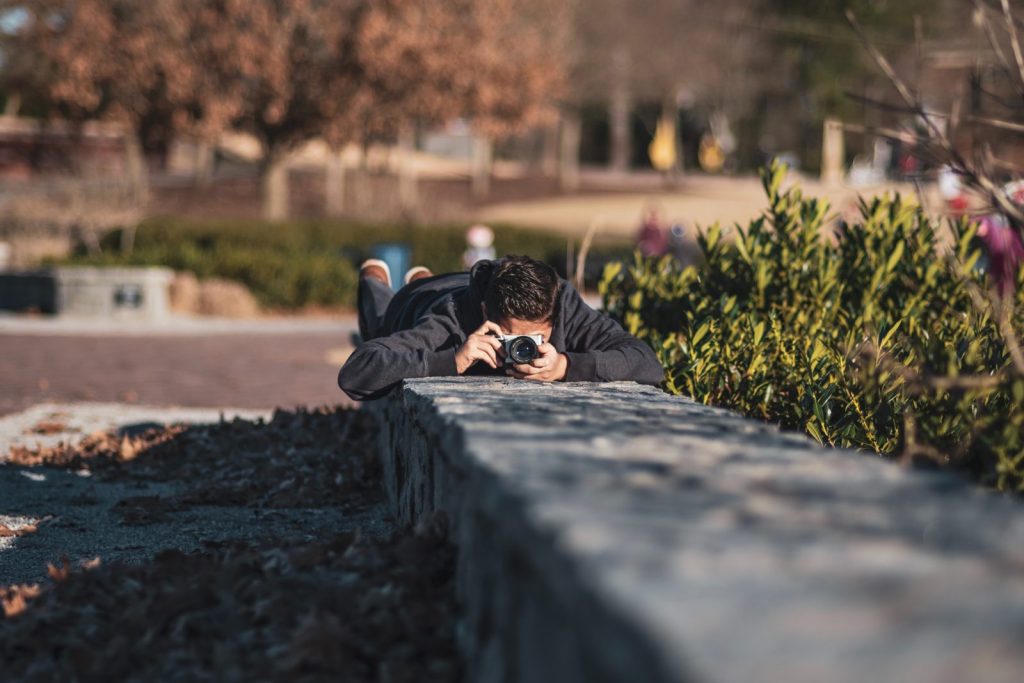
4. Treat them like you would want to be treated.
We love this piece of advice from the Norwegian Students’ and Academics’ International Assistance Fund (SAIH): “Treat people with the same dignity and respect you’d want if someone were visiting your home and spending time with your friends and family.”
No one wants to be made to feel like a freak or a weirdo—or that their very being doubles as entertainment. Don’t turn your teaching experience abroad into an act of “photographing the people we tend to ignore in our home countries.”
5. Remember that the rules of engagement change from country-to-country.
Not all countries have the same rules and regulations regarding photography. For example, in Islamic culture, photographing women is highly discouraged, even with permission.
The best way to arm yourself for these nuances is to research in advance, or talk to your advisor about any tips they have.
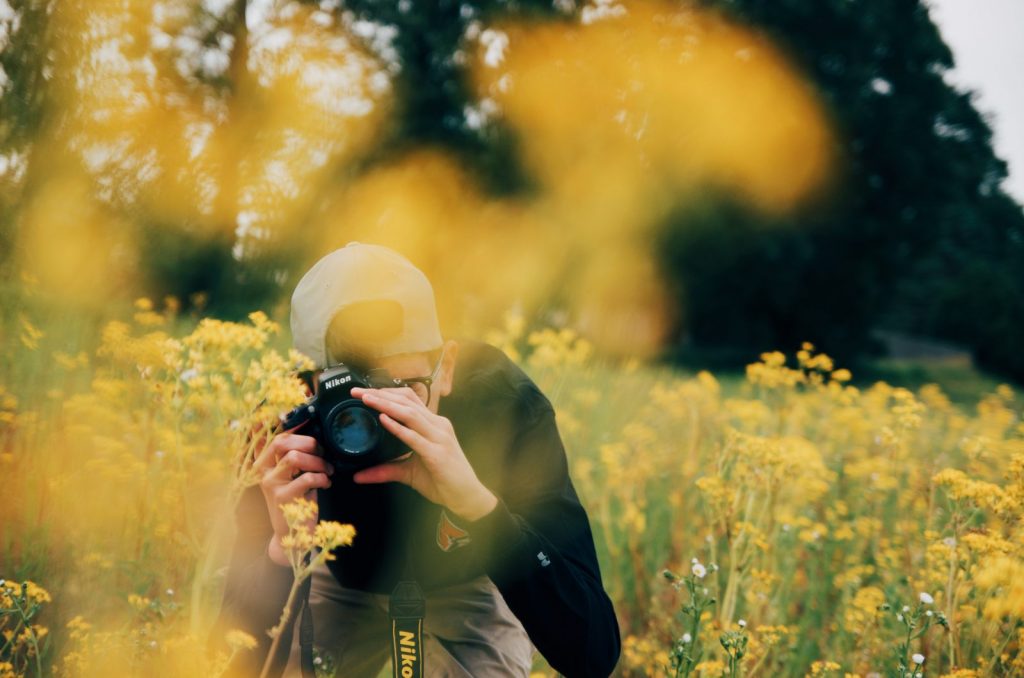
6. Choose your photo description(s) wisely.
The etiquette of travel photography requires you follow the golden rule. SAIH also advises: “Even though harm is not intended, many… travelers end up sharing images and text that portray local residents as passive, helpless and pitiful — feeding the stereotypical imagery instead of breaking them down.”
And later:
“You have the responsibility and power to make sure that what you write and post does not deprive the dignity of the people you interact with.”
Avoid playing into shallow assumptions and easy half-truths. As a responsible, respectful traveler, you know better.
7. Rather than only take a photo, focus on connection.
A photo snaps a moment in time, but do you know what lasts longer? A story. If you find an interesting subject for a photograph, take your interchange a step further by getting to know them. Singing a song, playing a game, having a conversation. Showing them more photos from your travels—maybe even some personal ones of your family.
Engage. Share. Connect.
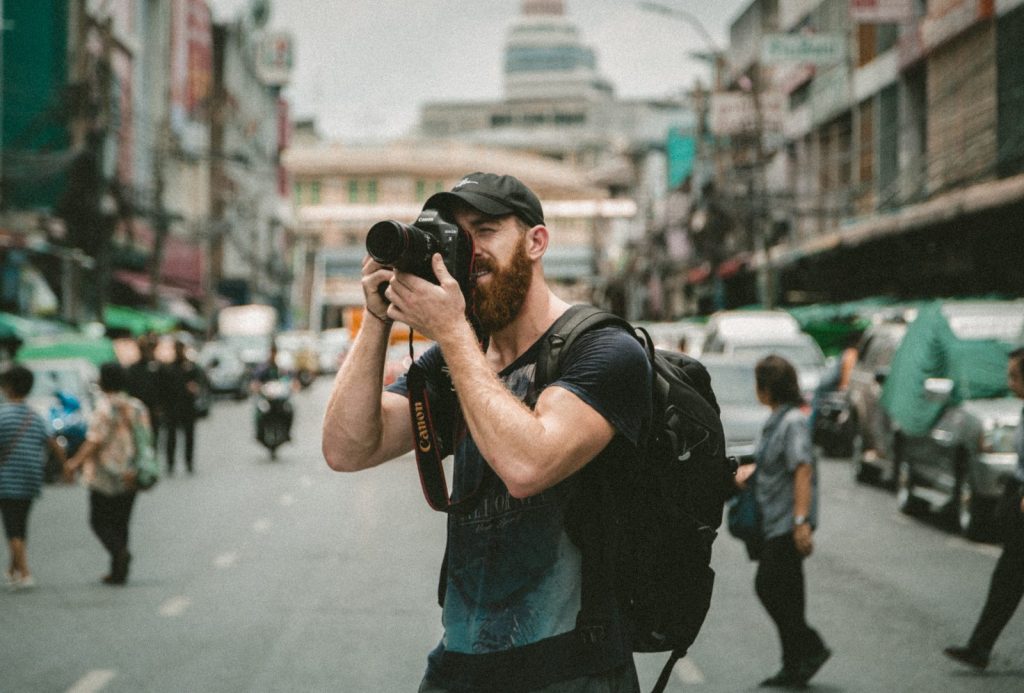
When not to take the photo
Look at these opportunities as a chance to slow down, pause, and observe rather than snapping a photo and immediately getting distracted while figuring out which filter you’re going to use.
- Holy sites. Some religious and historic sites request that photographs are not taken, such as in temples.
- When it costs money. Some individuals will charge you, say, 100 rupees to snap their picture. Don’t take a photo without paying them their requested small fee.
- Large groups of children. There are some unique and complicated ethics around photographing groups of children without express permission. Instead of muddying the waters, enjoy their laughs and smiles instead of photographing it—or ask them to be in a group photo with you.
- While praying or worshipping. This is a very personal, private activity and should not be treated like a spectacle. Put your camera down and enjoy with your own eyes.
- When it puts you in danger. Sometimes we happen upon tense situations while traveling abroad—protests, rallies, etc. Our best advice is to steer clear of these situations rather than potentially putting yourself in danger to get “that photograph.”
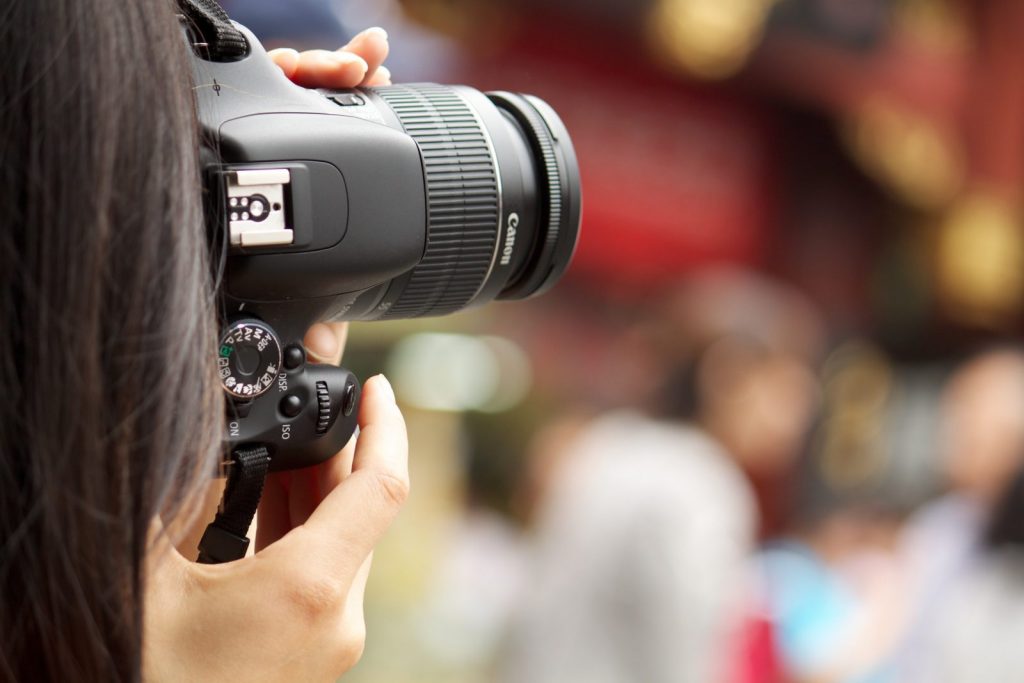
Take meaningful photos—the right way
The ethics of travel photography should not be forgotten while you’re teaching abroad. Follow the above advice and you’ll be well on your way to a gorgeous camera roll of inspiring photos and cherished memories.
The post Photo Etiquette While Teaching Abroad appeared first on Premier TEFL.



